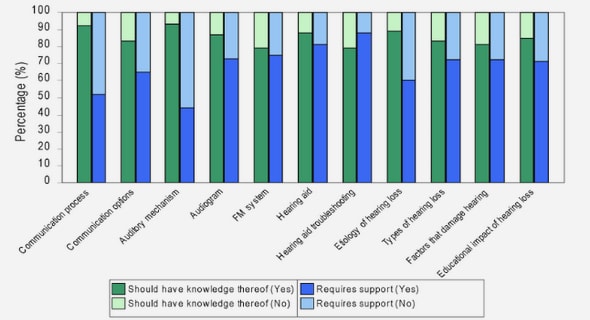(Downloads - 0)
For more info about our services contact : help@bestpfe.com
Table of contents
ABSTRACT
ACKNOWLEDGEMENTS
1 INTRODUCTION
1.1 RESOURCES – A LIMITATION IN COMMUNICATION NETWORKS
1.2 INTELLIGENT NETWORK LOAD CONTROL PROBLEM
1.3 SCALABILITY
1.4 THE RESEARCH QUESTION
1.5 OUTLINE OF THE THESIS
2 INTELLIGENT NETWORKS
2.1 EVOLUTION OF INTELLIGENT NETWORK
2.2 THE OBJECTIVES
2.2.1 Broadened Range of Services
2.2.2 Increased Service Velocity at Low Cost
2.2.3 Enable Vendor-Independent Deployment
2.2.4 Evolve from Existing Networks
2.3 WHAT IS AN INTELLIGENT NETWORK (IN)
2.4 IN ARCHITECTURE
2.4.1 Service Switching Points (SSP)
2.4.2 Service Control Point (SCP)
2.4.3 Signal Transfer Point (STP)
2.4.4 Service Node (SN)
2.4.5 Service Creation Environment (SCE)
2.4.6 Service Management System (SMS)
2.5 INTELLIGENT NETWORK SERVICES
2.6 THE FUTURE OF INTELLIGENT NETWORKS
3 AGENT-BASED APPROACHES TO IN LOAD CONTROL
3.1 THE AGENT TYPES
3.1.1 Allocators
3.1.2 Quantifiers
3.1.3 Distributors
3.2 FOUR MULTI-AGENT ARCHITECTURES FOR IN LOAD CONTROL
3.2.1 The Centralized-Auction (CA) Architecture
3.2.2 The Hierarchically Distributed Auction (HA) Architecture
3.2.3 The Centralized Leaky Bucket (CLB) Architecture
3.2.4 The Mobile Broker (MB) Architecture
4 SCALABILITY, THE ATTRIBUTES
4.1 UTILIZATION OF RESOURCES
4.2 COMMUNICATION DELAYS
4.2.1 Responsiveness
4.2.2 Request Processing Delays
4.2.3 Messaging Delays
4.3 CALL ACCEPT/REJECT RATES
4.4 COMMUNICATION OVERHEAD
4.5 COMPUTATIONAL OVERHEAD
4.6 LOAD BALANCING
4.7 REACTIVITY
5 SIMULATION PRECONDITIONS & SETTINGS
5.1 SIMULATION PRECONDITIONS
5.1.1 General Network Configuration
5.1.2 Prediction of the Offered Load
5.1.3 Architecture Specific Configurations
5.2 TABULATION OF RESULTS
5.3 SIMULATION RUNS
6 THE ANALYSIS
6.1 UTILIZATION OF RESOURCES
6.2 COMMUNICATION DELAYS
6.2.1 Responsiveness
6.2.2 Request Processing Delays
6.2.3 Messaging Delays
6.3 CALL ACCEPT/REJECT RATES
6.4 OVERHEAD COMMUNICATION
6.5 OVERHEAD COMPUTATIONS
6.6 LOAD BALANCING
6.7 REACTIVITY
6.7.1 Overload Control
7 CONCLUSIONS AND FUTURE WORK
REFERENCES




